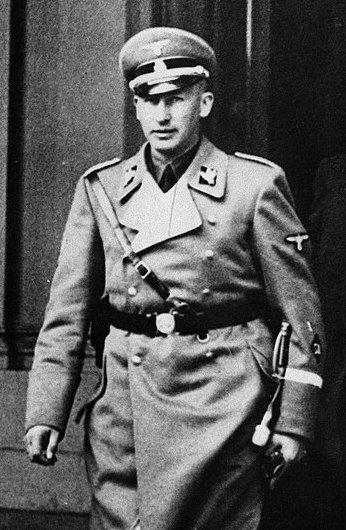In 1942, the Czech government in exile decided to parachute two commandos into the former Czechoslovakia to assassinate Reinhard Heydrich, considered the most brutal and sinister Nazi in Occupied Europe. Code named Operation Anthropoid, this suicide mission remains one of the most heroic and remarkable stories of World War II
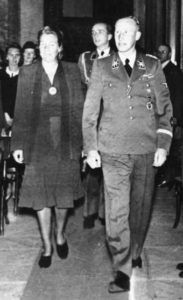
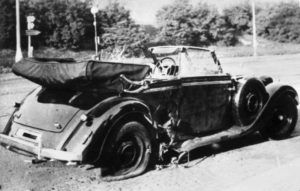
But Kubas had also approached the car, undetected and he hurled the grenade towards the open interior of the vehicle. He missed badly, the device skittering against the rear right tire and exploding against the side and undercarriage of the Mercedes. Although inaccurate, the blast was intense enough to shatter the tram’s windows and send shrapnel into a group of passengers exiting the streetcar.
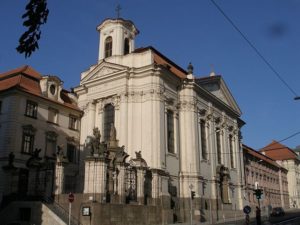
It is not known where exactly Kubis and Gabcik hid in the first days after the assassination. But, understanding that it was only a matter of time before they would be located, Jan Zelensky arranged for seven of the fugitive commandos to be hidden in the expansive crypt of the Saint Cyril and Methodius Cathedral, Prague’s most prominent Czech Orthodox church.
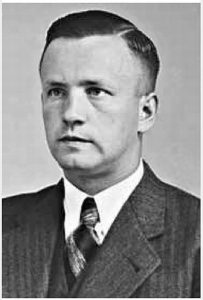
Heinz Pannwitz, the local Gestapo official in charge of the investigation and manhunt decided that a change of strategy was in order. He got Frank to agree to announce that an amnesty would be provided to any citizen who provided valuable information about the assassins, as long as this occurred before June 18. If an arrest was not forthcoming by then, 30,000 Czechs would be detained and executed.
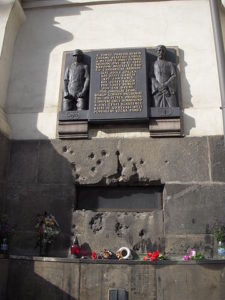
The only other access was through a narrow opening leading to the exterior of the church, essentially for ventilation. Not wanting to instigate another mass suicide, Pannwitz attempted to reason with the remaining commandos inside. Announcements via loudspeaker blared that the defenders would be treated as POW’s if they surrendered. Petrek, and even Karol Curda, was sent up to the narrow opening, hoping to induce a peaceful conclusion. Upon hearing Curda’s voice, one of the defenders let loose with gunshots and yelled that they would never surrender. Pannwitz then tried having the city fire department flood the crypt, jamming large fire houses down the vent and releasing hundreds of gallons of water a minute as well as tear gas into the crypt, to no avail. The hoses were pushed out by the defenders, who also hurled Molotov cocktails at the firemen.
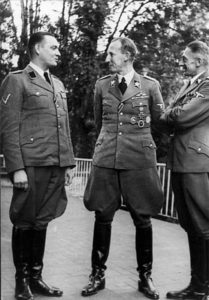
The ranking officer on the scene in charge of the Lidice massacre, Horst Bohme, disappeared at the end of the war and was declared legally dead in 1954, most likely a suicide.
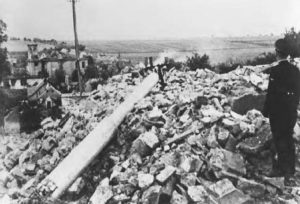
Even before Heydrich’s state funeral in Berlin concluded, on the evening of June 9, upon hearing the details of Lidice’s defiance, Hitler ordered the village to be completely destroyed. At 9:30 at night, the village was sealed off, men over the age of fifteen were separated from the town’s women and children, and in groups of ten were placed against a wall and shot. At midday on the tenth, all 173 men were dead. They were buried in a mass grave dug by concentration camp inhabitants from Theriesiensdtadt. 203 women were placed on an armed transport to the women’s concentration camp facility at Ravensbruck. Although brutal, this was not an extermination camp, 143 of these deportees survived their imprisonment. As many as 105 children were detained, the exact number unclear based on their ultimate fates. Only a handful of these victims were determined to be suitable for “Germanization,” several eventually murdered in German orphanages. The rest were consigned to the Chelmno extermination camp. Only seventeen made it home after the war.
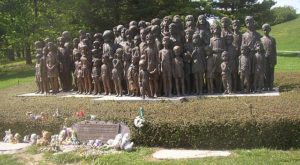
Podcast: Play in new window | Download
Subscribe: RSS

